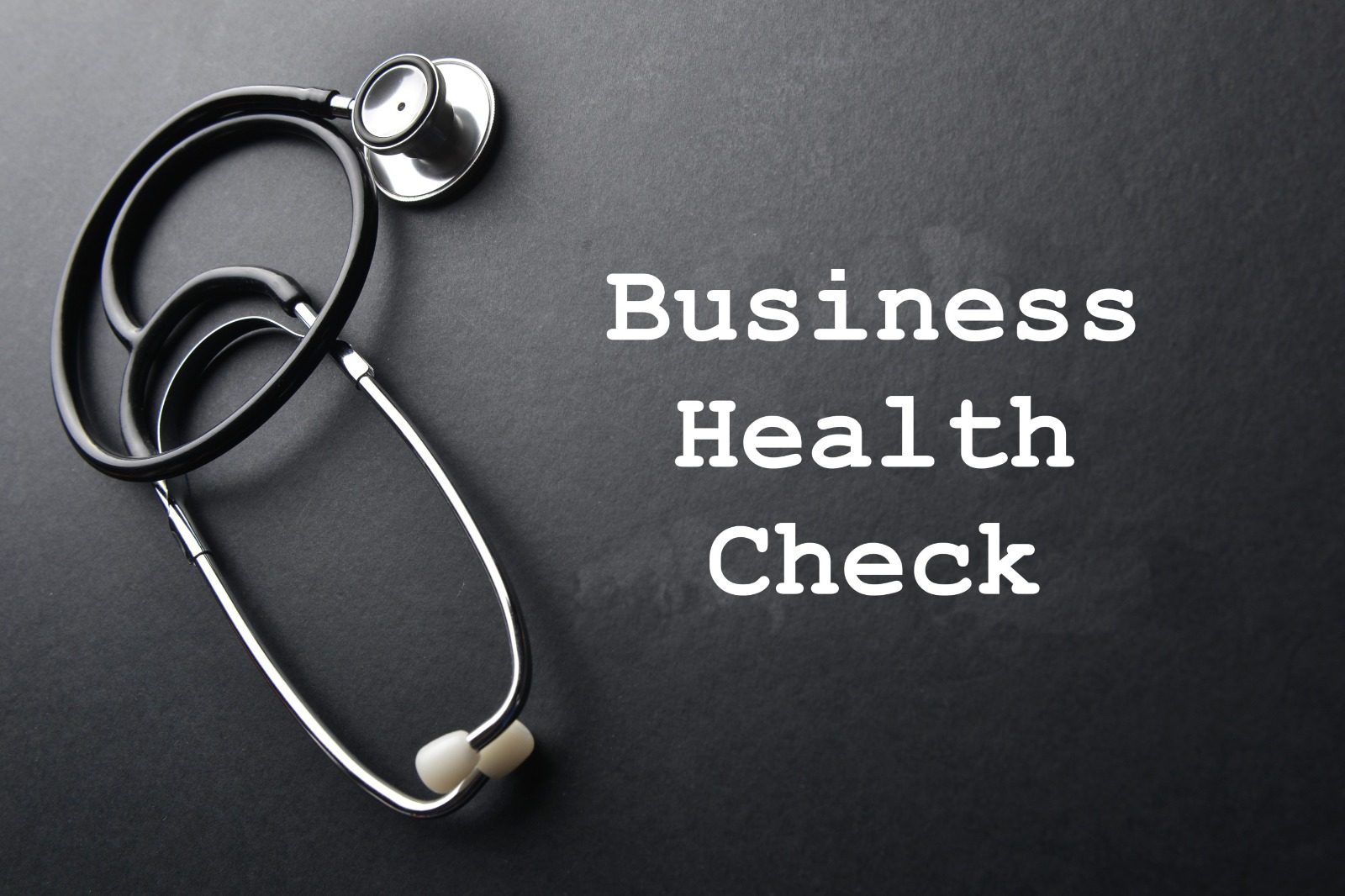
1. Financial Health
- Cash Flow: Are you generating enough cash to cover expenses? Are there any potential cash flow issues?
- Profitability: How well is your business converting revenue into profit? Analyze profit margins, gross profit, and net income.
- Debt Management: Review any outstanding debts. Are you managing them effectively? Is debt hindering growth or creating risk?
- Financial Ratios: Key metrics like return on equity (ROE), return on assets (ROA), and quick ratio can help assess overall financial health.
2. Operational Efficiency
- Processes: Are your processes optimized? Are there bottlenecks or inefficiencies that hinder performance?
- Supply Chain: Are there issues in your supply chain that affect production or service delivery?
- Technology: Are you using the right tools and technology to streamline operations? How does your tech stack compare to industry standards?
3. Market Position and Competitiveness
- Market Share: How do you compare to competitors in terms of market share, growth, and reach?
- Competitive Advantage: What is your unique selling proposition (USP)? Do you have any differentiators that set you apart from competitors?
- Customer Insights: Are you keeping track of customer satisfaction and feedback? Are there any shifts in customer behavior or preferences?
4. Sales and Marketing Effectiveness
- Sales Performance: Are sales targets being met? Is there a predictable sales pipeline?
- Marketing Strategy: Is your marketing aligned with your target market? How effective are your campaigns in generating leads and converting them to sales?
- Brand Awareness: Are customers familiar with your brand? Are you positioned as a leader in your industry?
5. Employee Engagement and Culture
- Employee Satisfaction: Are employees engaged, motivated, and productive? High turnover or dissatisfaction can impact overall performance.
- Leadership Effectiveness: Are leaders in your organization providing clear direction and motivating their teams?
- Training and Development: Are employees receiving the training and development opportunities they need to grow?
6. Risk Management
- Legal and Compliance: Are you in compliance with industry regulations and laws? Are there any legal risks you need to address?
- Insurance and Liability: Are you properly insured against business risks, such as property damage, lawsuits, or business interruption?
- Contingency Planning: Do you have a solid contingency plan for dealing with potential crises, such as economic downturns or natural disasters?
7. Growth and Strategic Direction
- Vision and Mission: Do you have a clear long-term vision and mission? Are all levels of the organization aligned with these goals?
- Innovation and Adaptability: How well is your business adapting to market changes, technology advancements, and new trends?
- Expansion Opportunities: Are there opportunities for expanding your products, services, or geographic reach? Are you exploring partnerships or acquisitions?
8. Customer Retention and Satisfaction
- Customer Loyalty: How loyal are your customers? Do you have repeat business or a high customer retention rate?
- Net Promoter Score (NPS): What do customers think about your business? NPS can help gauge customer satisfaction and likelihood to recommend.
- Feedback Mechanisms: Are you actively collecting and acting on customer feedback?
How to Conduct a Business Health Check :
1. Gather Data: Collect financial statements, sales data, customer feedback, and employee surveys. The more data you have, the more accurate your analysis will be.
2. Analyse Key Metrics: Use data to evaluate the performance of each of the above areas. For example, review financial ratios, sales growth, customer satisfaction scores, and employee retention data.
3. Benchmark: Compare your performance to industry standards or competitors to see where you stand. This will help identify areas where you may be underperforming or excelling.
4. Identify Strengths and Weaknesses: Highlight areas of your business that are working well and areas that need improvement. Be honest about where your company is lagging.
5. Develop an Action Plan: Based on your findings, create a strategic action plan to address weaknesses and capitalize on strengths. Set measurable goals and timelines to track progress.
6. Monitor and Review: Regularly review key performance indicators (KPIs) to ensure that you’re on track. A health check isn’t a one-time activity; it should be a recurring process.

